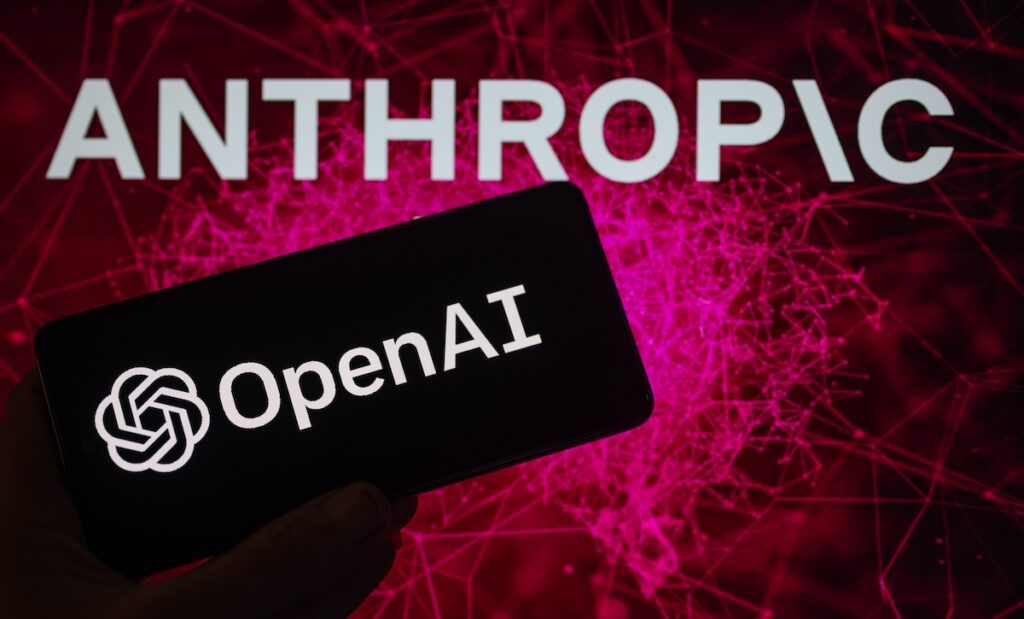The landscape of artificial intelligence (AI) and automation continues to evolve rapidly, drawing attention from leaders in small and medium-sized businesses (SMBs) as well as automation specialists. The recent incident between Anthropic and OpenAI highlights the competitive dynamics and governance issues that currently shape the AI landscape. Understanding these intricacies is crucial for decision-makers who are contemplating the adoption of AI platforms for their organizations.
Anthropic, an emerging AI startup, recently blocked OpenAI’s access to its AI models due to a reported violation of terms of service. This incident underscores the competitive nature of the AI space, which is characterized by not only innovation but also strategic maneuvering among firms to guard their proprietary technologies and intellectual property. According to a statement released by Anthropic, OpenAI allegedly utilized their tools in a manner that contravened explicit service agreements, designed to prevent the reverse engineering of their products or the construction of competing services.
In evaluating the strengths of such platforms, it is imperative to understand how tool functionalities influence organizational capabilities. For instance, OpenAI’s GPT suite, recognized for its proficiency in natural language tasks, often proves advantageous in generating human-like text. This can enhance customer interactions, marketing strategies, and content creation. However, this capability sometimes comes at a premium. Organizations might face higher costs related to API access or ongoing licensing fees, demanding a clear assessment of potential ROI.
Conversely, Anthropic’s Claude, a more recent entrant with a focus on coding and creative applications, has emerged as a formidable alternative, especially among developers seeking efficient coding tools. The specific incident involving internal usage by OpenAI employees highlights the superiority of Claude in coding capabilities, which leads to crucial discussions surrounding feature assessments. While both platforms succumb to the pressures of API costs, their core strengths in language processing versus coding create a critical decision point based on an organization’s unique needs.
Furthermore, cloud-based tools like Make and Zapier facilitate automation within enterprises, streamlining workflows and integrating applications seamlessly. Make offers a visual approach that many users find intuitive and empowering, fostering a quicker onboarding experience. However, Zapier has established itself as the more mature product, with extensive integrations and solid support, which could be crucial for organizations looking to adopt automation at scale. Each platform’s pricing structure reflects its value proposition: Make tends to be more cost-effective for basic automation needs, while Zapier could justify higher expenses through its expansive functionalities and proven reliability.
The comparative analysis must account for scalability. AI solutions such as OpenAI and Anthropic both promise scalability, adapting to evolving business needs as organizations grow. The cost implications also become significant here; investment in an AI platform that becomes a limiting factor in growth could stymie operational capacity.
The debate surrounding AI scaling laws is crucial as organizations increasingly invest resources in large language models (LLMs). The observed slowing of performance gains raises questions about long-term strategies. Companies are realizing that simply increasing model parameters may lead to diminishing returns amidst rising costs for data and computational resources. Experts in the field note that as these inputs become scarcer, firms must rethink their scaling strategies—a vital consideration for SMBs that often work with tighter margins compared to larger enterprises.
Organizations must approach the choice of AI and automation tools through an analytical lens, weighing the immediate benefits against future adaptability. A clear understanding of the functional strengths and weaknesses of platforms will help leaders avoid pitfalls. Detailed ROI evaluations should inform investments and align them with specific operational goals.
As AI technology continues to advance, the importance of ethical considerations and adherence to governance frameworks will only intensify. The clash between Anthropic and OpenAI sets a precedent that could lead to more stringent compliance measures across the industry, emphasizing the need for companies to evaluate legal implications alongside functional specifications of their chosen tools.
In conclusion, leaders in SMBs and automation specialists must conduct comprehensive due diligence regarding the selection of AI and automation platforms. Factors such as functionality, cost implications, ROI, and governance frameworks are crucial in ensuring that chosen solutions deliver sustained value.
FlowMind AI Insight: As the AI landscape becomes increasingly competitive, the path to sustainable growth for SMBs relies heavily on rigorous evaluations of technology choices. Leaders should prioritize platforms that not only meet immediate operational demands but also offer scalability and compliance in a rapidly shifting environment.
Original article: Read here
2025-08-04 07:00:00

